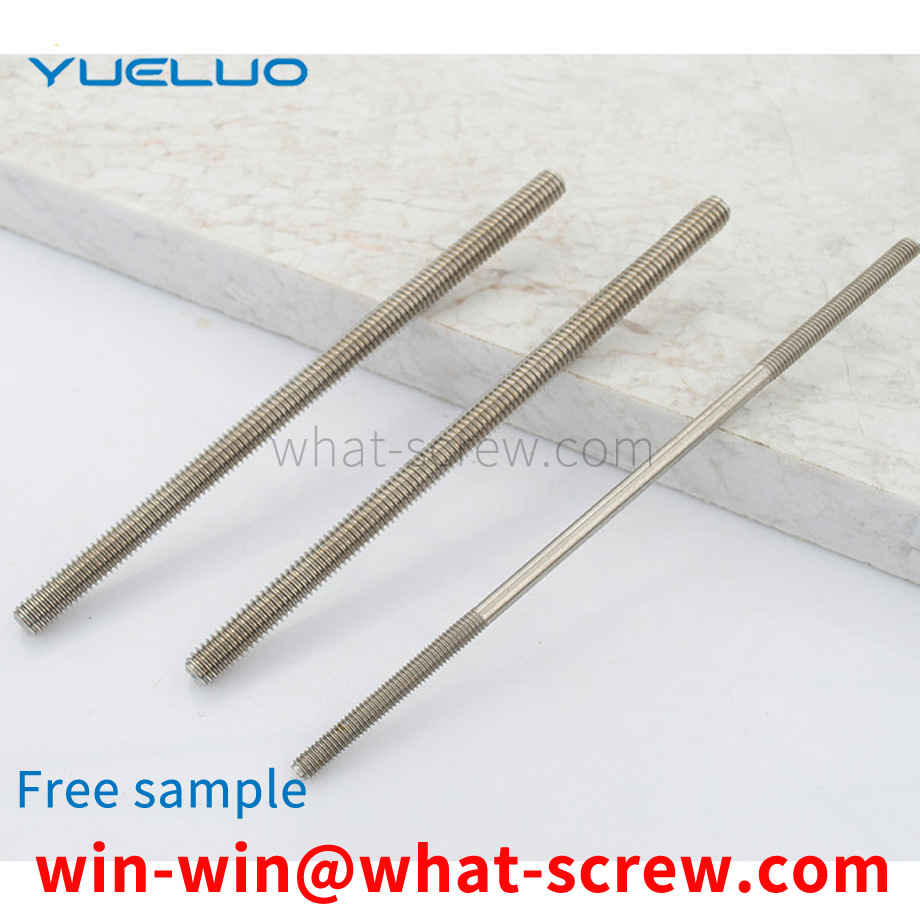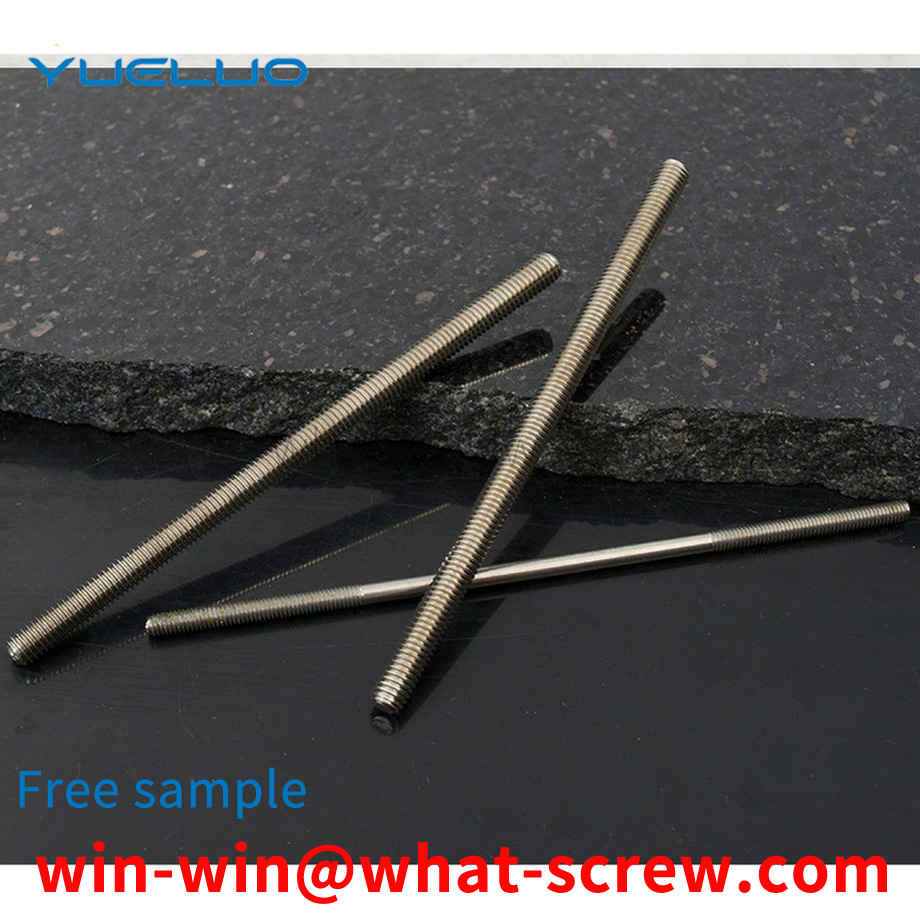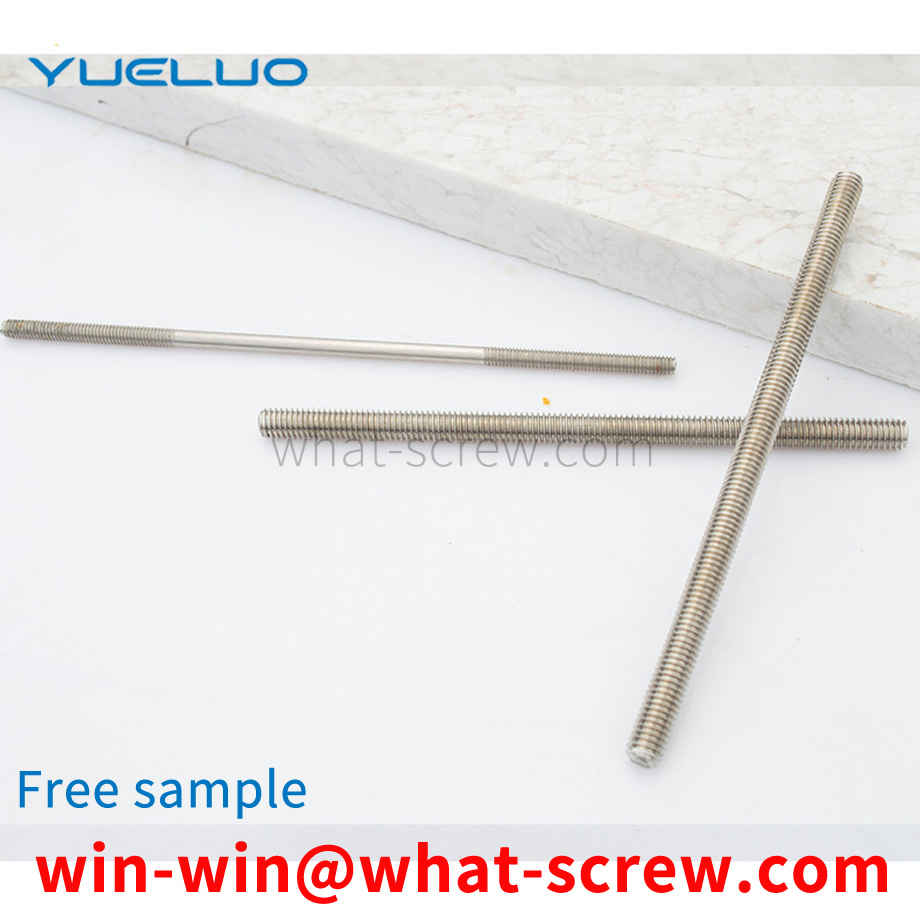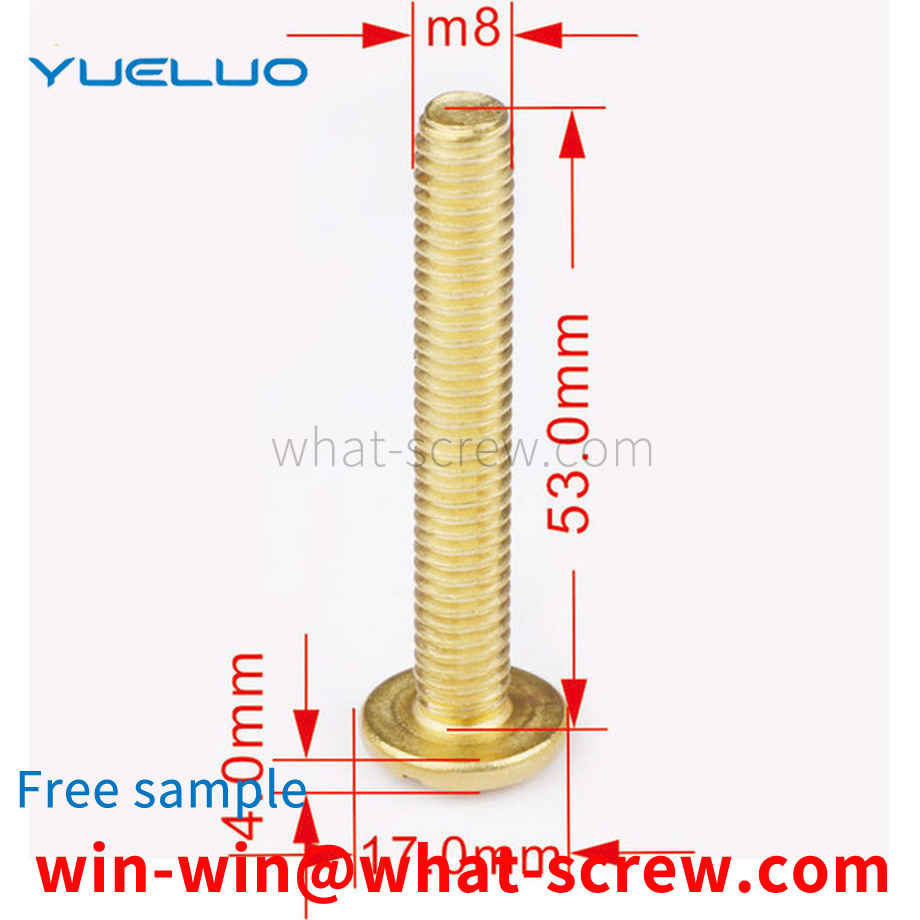What is the tolerance range of precision screws?
What is the tolerance range of precision screws?
Service Hotline
+86760-8787 8587We have more than ten years of production experience in the screw industry. The main products are: national standard raw material small yellow croaker plastic screws, plastic cover nuts, non-standard fasteners, flat spring washer nuts, extended hexagon socket bolts, flat tail electronic screws, carbon steel nickel-plated combination Set of T-nuts, flat head half hexagonal rivet nuts, washer classification, 4190 hexagon nuts, stainless steel half-thread screws, countersunk head bolts, fast red meson, GB93b, pin A type flat key pin shaft and other fasteners, due to the product material Different specifications and different prices, please contact us if necessary.


High-strength hexagon head bolt combination screws for steel structures, mainly used in railway and highway bridges, boiler steel structures, industrial plants, high-rise civil buildings, tower and mast structures, hoisting machinery and their steel structures need to use friction-type high-strength bolt combinations for screws. It is characterized by an extra dodecagon at the end of the bolt, also known as the bolt. When installing, a special electric wrench must be used, which has two socket heads up and down, one is set on the hexagonal body of the nut, and the other is set on the decagon body of the outer hexagon screw. When tightening, apply a clockwise force to the nut, and apply an equal counterclockwise force to the dodecagon body of the bolt, so that the connecting neck between the end of the outer hexagon screw and the dodecagon body is subjected to torsion shearing until the neck is sheared. So far, the installation has come to an end. This torsion shear type high-strength outer hexagon screw is a one-time-use screw and generally cannot be removed after installation.

When the rivet is riveted, it is often necessary to locate and fix the rivet. However, the common rivet positioning mechanism at present often has no way to effectively and quickly remove the restriction on the rivet after the rivet is fixed, which makes it difficult for the nailing mechanism to be inserted. Quickly drive the positioned rivets.


double-headed pin puller includes a slider hammer and a sliding rod, two ends of the sliding rod are respectively provided with different types of pin-pulling parts, the pin-pulling parts are threadedly connected with the sliding rod, and the sliding rod is also provided with There is a sliding rod limit block, and the sliding rod is slidably connected with the slider hammer. The double-headed pin puller can install two types of pin-pulling heads at the same time, and can pull out two different types of pins. It is easy to use and has high work efficiency. Disadvantage: Single function, cannot be used to install pins.

The diameter, length and quantity of the stud bolts shall meet the requirements, and the type and material of the stud bolts shall be determined by the grade. There are two types of commonly used stud bolts (also known as full-threaded studs). The thread is divided into two types: coarse thread and fine thread. The coarse thread ordinary thread is expressed by M and the nominal diameter, and the fine thread ordinary thread is expressed by M and the nominal diameter × pitch. The fastener standard stipulates that M36 bolts use coarse thread, M36 and above diameters can use fine thread, and the pitch is 3. bm=1d studs are generally used for the connection between two steel connected parts; bm=1.25d and bm=1.5d studs are generally used between cast iron connected parts and steel connected parts The connection between the two; bm=2d double-ended stud is generally used for the connection between the aluminum alloy to be connected and the steel to be connected. The former connector has internal threaded holes, and the latter connector has through holes. The threads at both ends of the equal-length studs need to be matched with nuts and washers, and are used for two connected parts with through holes. One end of the welding stud is welded on the surface of the connected piece, and the other end (threaded end) passes through the connected piece with a through hole, and then the washer is put on, and the nut is screwed on, so that the two connected pieces are connected as a whole.

The above content is uploaded by Yueluo or the Internet. If there is any copyright issue, please contact [email protected].

What is the tolerance range of precision screws?

How to choose the right stainless steel screw manufacturer?

Why is there an R angle under the head of the hexagon head s...

We have more than ten years of production experience in the ...

We have more than ten years of experience in the production ...

We have more than ten years of experience in the production ...

We have more than ten years of experience in screw industry ...